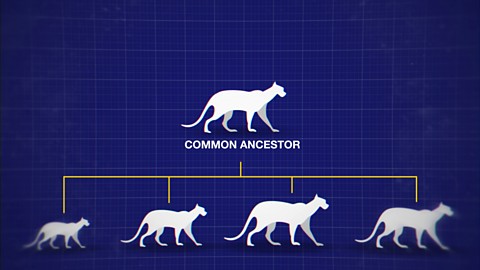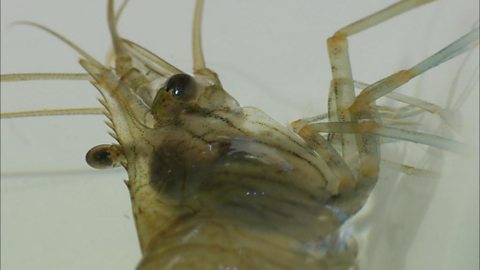Predator prey relationships in rock pools
Description
Professor Richard Fortey looks at the predatory characteristics of the starfish and the dog whelk and the protective adaptations their prey have developed. The starfish use their sticky tube feet to climb on top of their prey and then by pushing their stomach out through their mouth devour it. Limpets have devised a method to protect themselves from starfish. Small limpets move out of harm’s way, but larger ones stand their ground and fight. They lift up their shell and use the edge to stamp down on the starfish’s tube feet to damage it. The starfish is unable to overcome it and finally gives up. One of the Dog whelk’s favourite prey is the Mussel. Although mussels are stationary, they have devised ways to protect themselves from marauding dog whelks. Neighbouring mussels will begin to release a sticky secretion and ultimately the Dog whelk becomes trapped and starves to death.
Classroom Ideas
This clip could be used as an example of physiological and behavioural adaptations developed by predators and prey to attack and defend. Students can look for other examples of predator prey interactions between animals or between animals and plants and suggest attack and defence mechanisms have evolved. Both physiological and behavioural behaviour could be considered, including group behaviour.
Life on Earth
Now playing video 14 of 14
- 3:06

- 4:51

- 4:42
